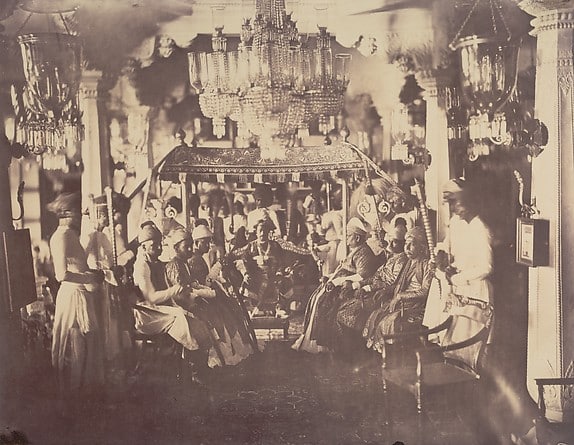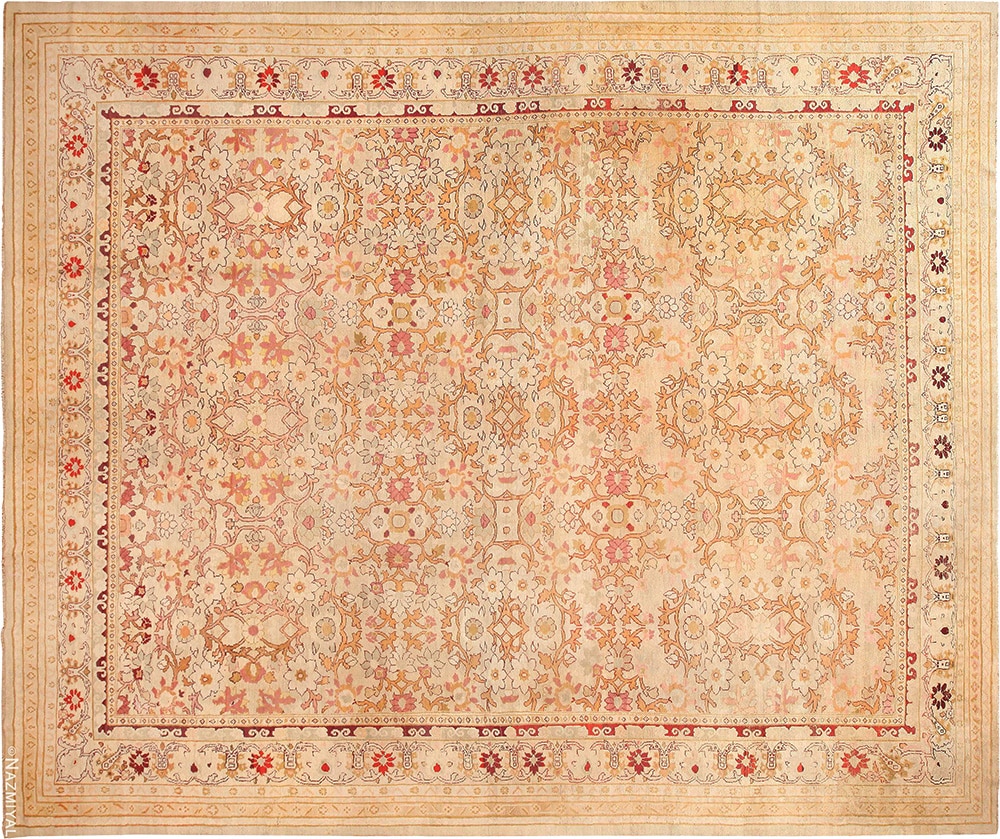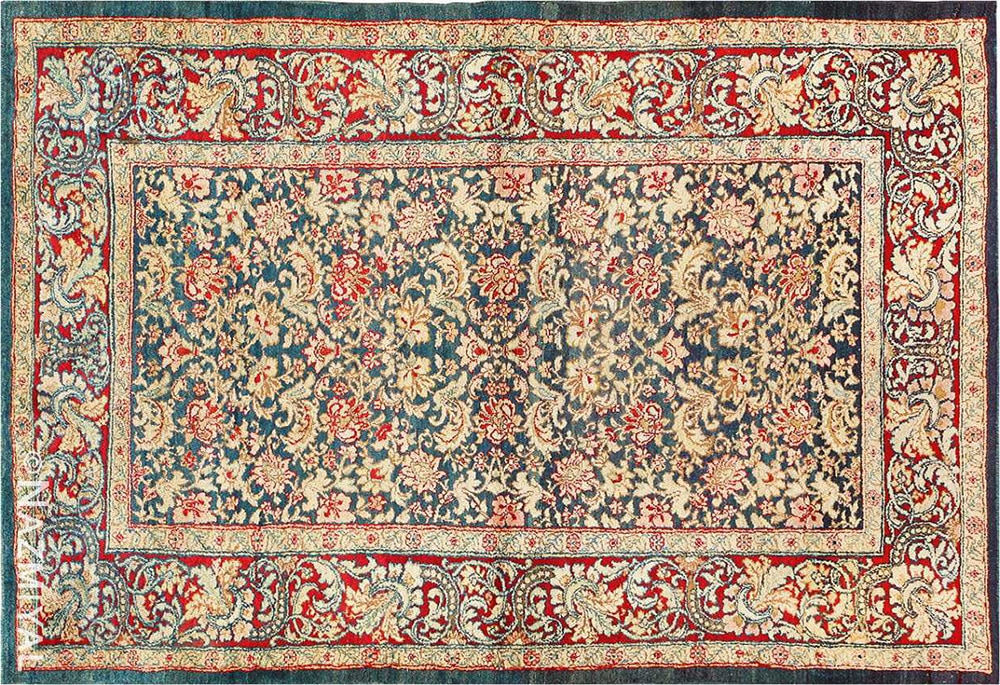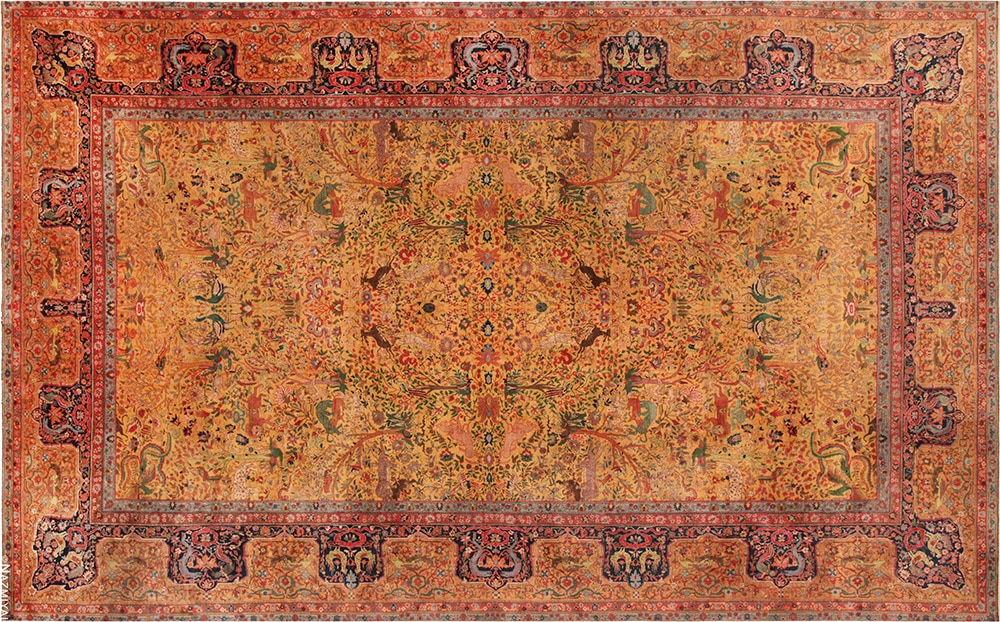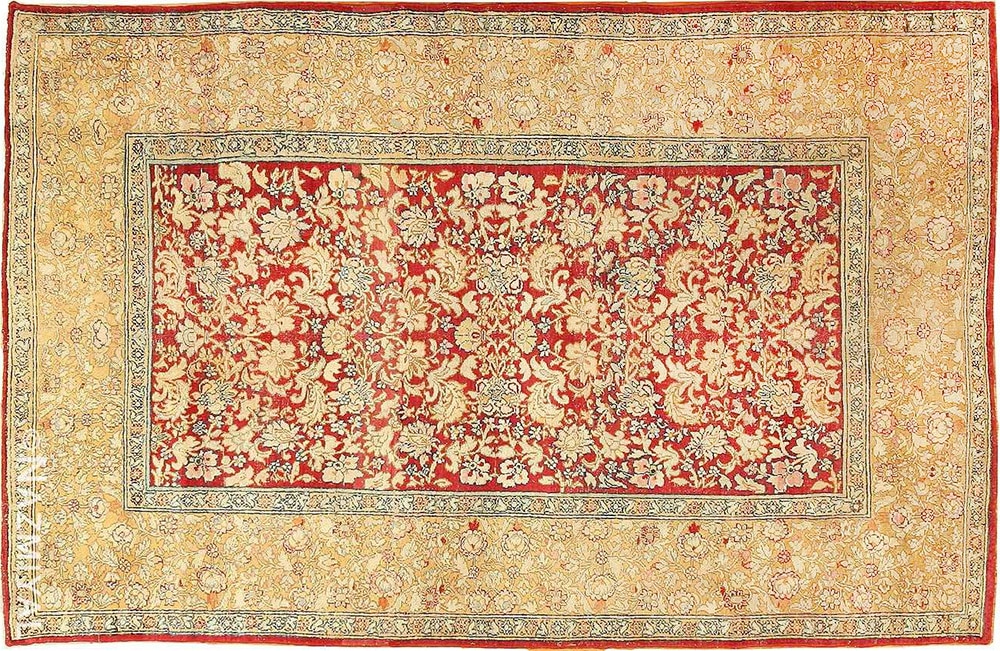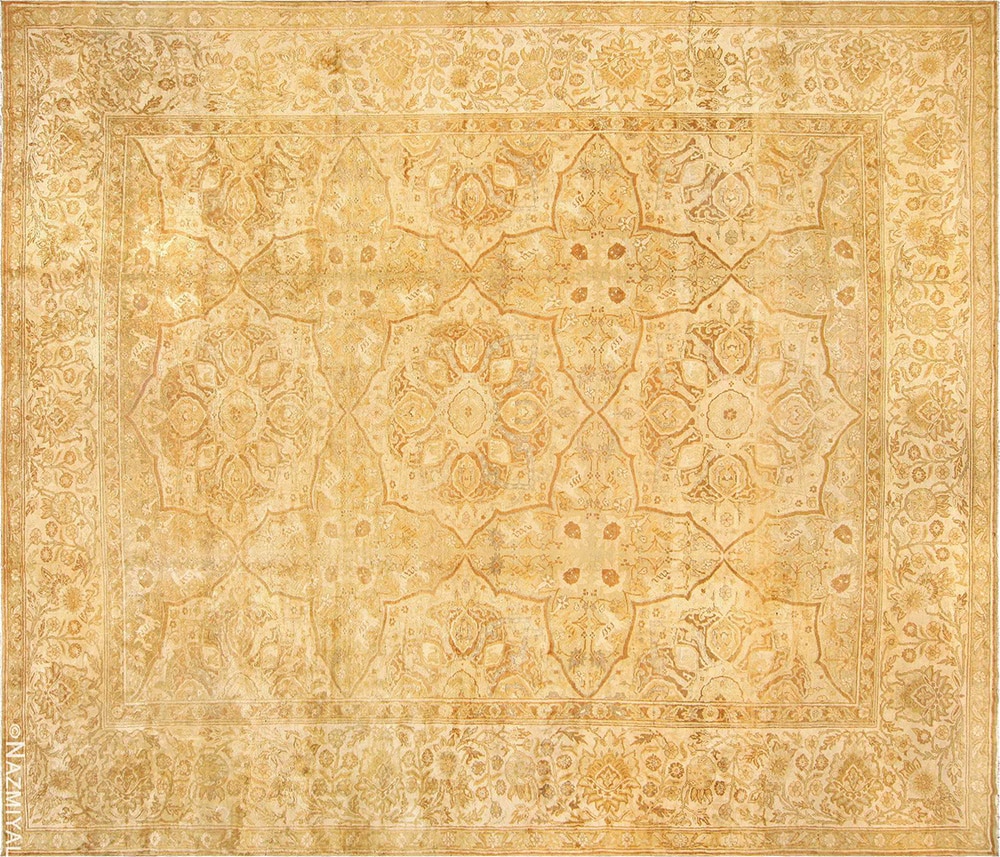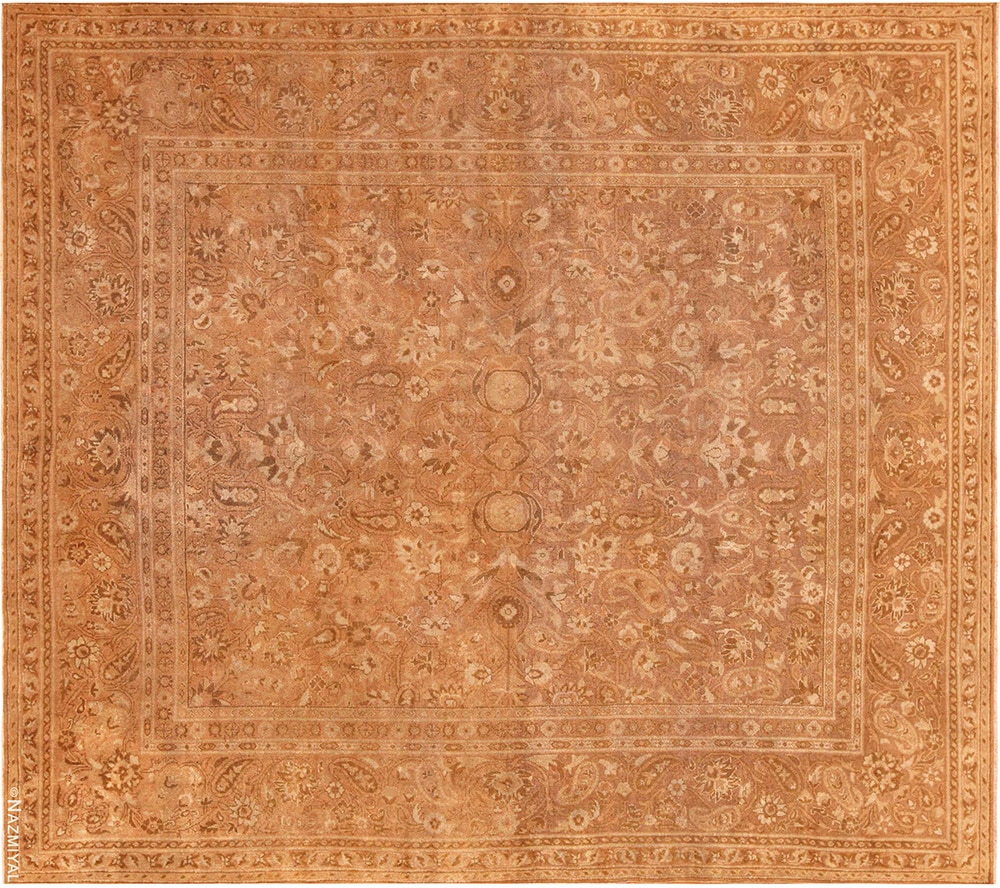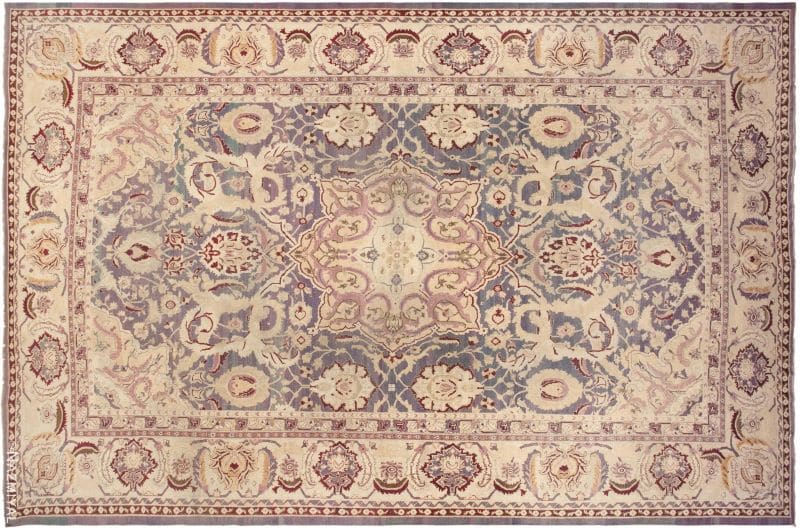View Photographs from Nineteenth Century India Exhibit and Browse Indian Rugs From the Same Period
On view currently at the Metropolitan Museum of Art in New York is an exhibition of photographs by Captain Linnaeus Tripe (1822-1902) of India during the mid 19th Century. This is the first major exhibition of Captain Tripe’s work in New York.
Who was Captain Linnaeus Tripe?
Captain Linnaeus Tripe was a British photographer who lived during the 19th century. He was born on April 14, 1822, and died on October 2, 1902. Tripe is best known for his pioneering work in early photography, particularly his photographs of India and Burma (now Myanmar).
Tripe served as an officer in the British East India Company’s Madras Presidency, and during his time in South India, he took up photography as a serious pursuit. His photographic career took off when he was assigned to document architectural and archaeological sites in southern India, including temples, monuments, and landscapes. Tripe’s images are notable for their technical skill and compositional quality, capturing intricate architectural details and the grandeur of the structures he photographed.
One of his most significant works is the photographic documentation of the Madurai Meenakshi Temple in Tamil Nadu, India. His photographs provided valuable visual records of these historical sites, many of which were in a state of decay or disrepair.
Tripe’s work is recognized for its artistic and historical significance in documenting the cultural heritage of India and Burma during the 19th century. His photographs are considered important contributions to both the fields of photography and historical documentation.
More about Captain Linnaeus Tripe – his photographs and travels
As a member of the British Army, Tripe traveled with the East India Trading Company’s expeditions, creating a visual inventory of the art and people of the region of South India. His work gives viewers an unprecedented look into Indian history, the impact of colonialism, and the art of early photography. Captain Tripe’s military standing gave him specific knowledge of how to seek out and capture his photographs from strategic vantage points, with the intention of capturing as much information in his pictures as possible. This method of working give Tripe’s photographs an added value over those taken by travelers of the time period, which were meant to be more picturesque than informative.
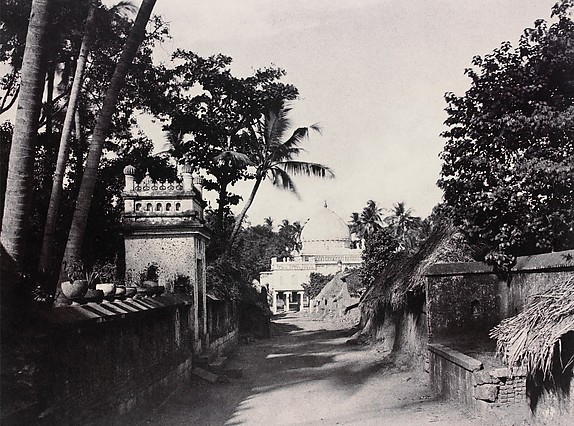
India Exhibit at the Met. Pictured: Trichinopoly: Musjid of Nutter Owleah, From the Head of the Lane Leading to It, by Linnaeus Tripe | Nazmiyal Design Blog
Tripe learned his skills in photography in England in the 1850’s, at which point the technology was still emerging and was considered by most to be no more than an expensive pastime. Captain Tripe was quick to realize it’s use in governmental and military surveys, and is one of the first military photographers.
Photography was especially tricky in the hot and humid climate of South India, but remarkably, Captain Tripe’s experimenting led him to be able to achieve consistent and evocative results. He used large wax-paper negatives for his prints, making it all the more impressive that he was able to achieve such high-quality photographs.
View the entire collection of photographs from the India Exhibit at the Metropolitan Museum of Art until May 25th, 2015. Nazmiyal Collection is pleased to present a sample of the 19th century Indian rugs in our collection, as an accurate tribute to the type of carpets Captain Linnaeus Tripe would have encountered in the courts and palaces he visited during his expeditions.
You may also want to read our post about the: Metropolitan Museum’s Emperor’s Carpet
Check out some of our favorite antique Indian rugs from the Nazmiyal Collection:
This design blog about the 19th century India photos by Captain Linnaeus Tripe exhibit at the Met was published by Nazmiyal antique rugs in New York City.

